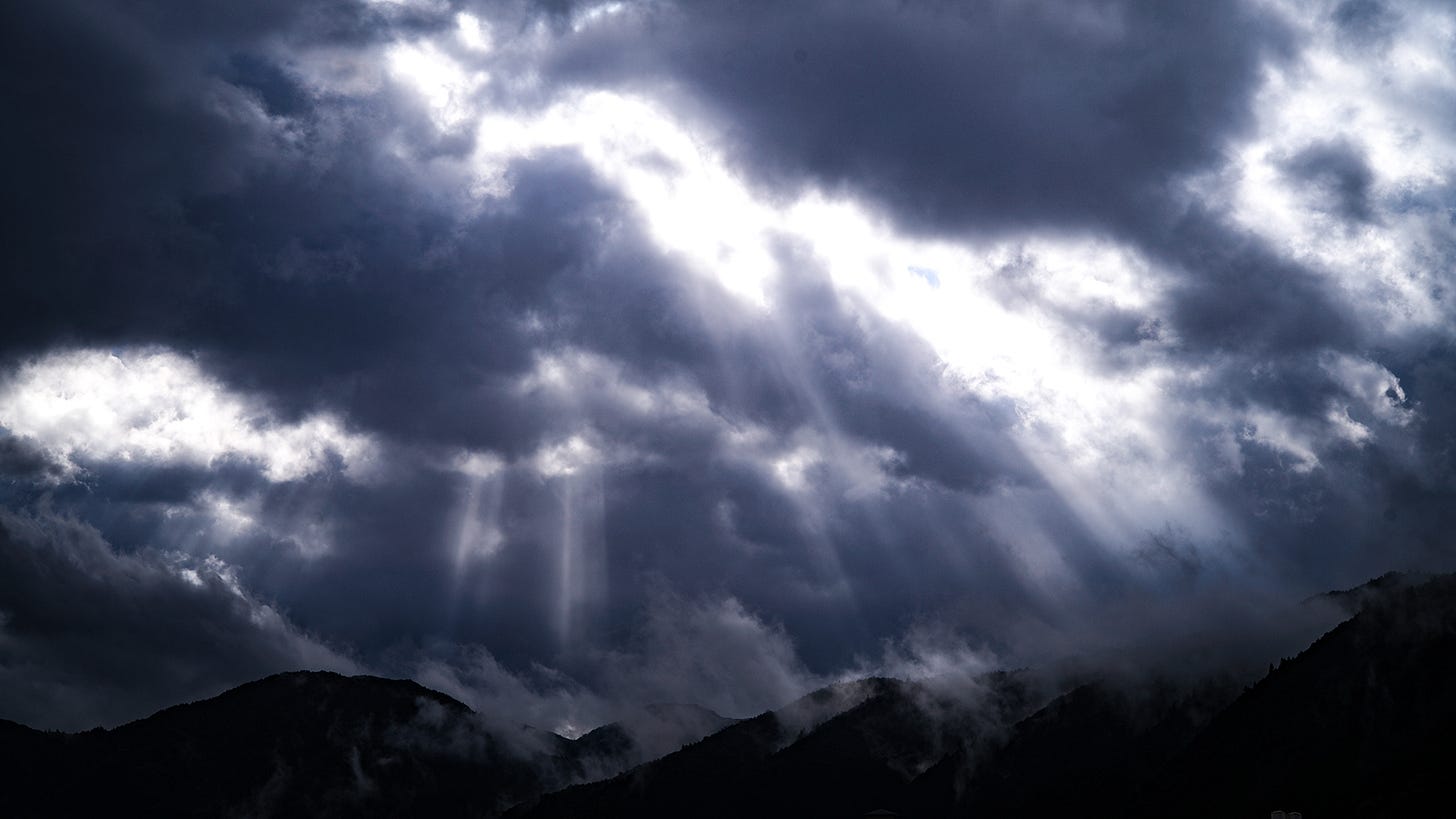Third Defeat
Reaching a Future No One Wanted
When I briefly stepped outside during the day today, I realized there was no sound at all from the countless cicadas that usually chirp around me every summer. Although they still chirp early in the morning before sunrise, once the sun rises, complete silence envelopes the area. This vividly reminds me that something fundamentally different is occurring compared to previous summers. Moreover, it’s not just cicadas. Even walking along streets lined with parks and apartment complexes, I saw not a single child enjoying their summer vacation—in fact, no one was outside at all. It felt as if I was walking through the deserted landscapes from Evangelion, an anime I saw years ago.
Today, temperatures reached a historic high of 41.8°C in Isesaki, Gunma Prefecture, marking the highest temperature ever recorded in Japan. Numerous locations nationwide also recorded temperatures over 40°C, setting an unprecedented record. As a result, people have been avoiding unnecessary outings more than ever before this summer. Even when they do go outside, it’s only briefly before quickly returning home, significantly increasing the amount of time spent indoors. In a sense, this situation feels even more severe than during the pandemic, when Japan never officially imposed lockdowns. It’s as though the entire nation has collectively become “hikikomori” (socially withdrawn).
Normally at this time of year, many children would be out playing during the day, catching cicadas and enjoying their summer vacation. Now, with nobody venturing outside and an absence of both cicada sounds and children’s laughter, all that remains is an oppressive silence beneath the harsh sunlight scorching the concrete pavements. Personally, this scene strikes me as deeply unsettling. Who could have imagined five years ago that climate change would disrupt human relationships more profoundly than even the pandemic?
Even though Japan’s social digitalization has lagged behind other developed nations, urban areas now have sufficient infrastructure for people to complete daily life without leaving home. Furthermore, with a sharp rise in single individuals, a significant drop in marriage rates, and a record low birth rate and fertility rate in 2024, many people’s living situations have become dire. Consequently, an increasing number of individuals appear to be voluntarily cutting off interaction with others, gradually sliding into isolation. While these various issues must be considered, fundamentally, this indicates that the majority of Japanese people have become unable to keep pace with the rapid changes of the times. Strangely, this is the reality I have felt most keenly this summer.
Arriving at this undesirable future is the result of numerous complex factors, but reflecting on the aspects I’ve partially discussed previously in Shitsurae, there are three major historical turning points: the Meiji Restoration, defeat in World War II, and the bursting of the bubble economy. These events are symbolic, yet I believe the real problem lies not in the events themselves but rather in the attitude and decisions made by the Japanese people at those pivotal moments. For instance, the Meiji Restoration was essentially a military coup led by lower-ranking samurai, merely transferring power from the Tokugawa shogunate to the domains of Choshu and Satsuma. The rulers at that time couldn’t afford for the public to understand this truth, so they actively promoted themselves as an entirely new administration, distinct from the Edo period, under the banner of the Meiji government. However, fundamentally speaking, the bureaucratic system devised during that period by Choshu samurai Yamagata Aritomo is precisely the core reason behind Japan’s ongoing stagnation today. Unless we eliminate this system, we will remain trapped within the same Meiji regime.



